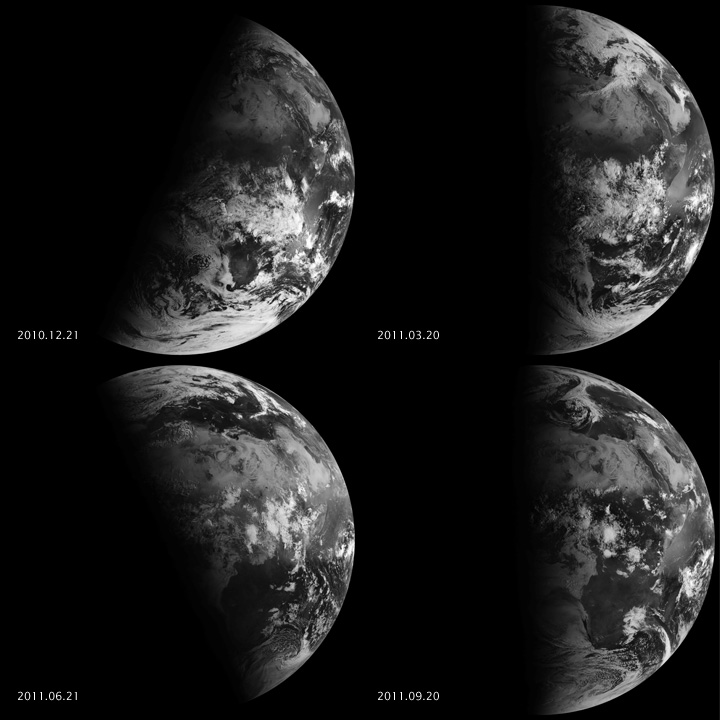Equinox And Supermoon This Week

The Sun is directly over the equator during the equinoxes (right)
The March equinox arrives on Wednesday marking the beginning of astronomical spring in the northern hemisphere. Since this is measured by Earth’s trip around the Sun, it occurs at the same instant in all timezones, 21:58 UTC or 4:58 p.m. CDT. This is when the Sun is directly over the equator. That sub solar point continues moving northward until it is directly above the tropic of Cancer at the June solstice.
Completely unrelated to the coming equinox, the Moon reaches perigee or the closest point in its orbit to Earth on Tuesday March 19 when it is just 359,381 km away. It will be fully unlimited on Thursday the 21st having only receded by a little more than a thousand miles. That’s good enough for government work and a super moon.
This doesn’t happen every month because the moon’s orbital period, aka anomalistic month, is 27.55 days while the time it takes to go from full moon to full moon, aka synodic month, is 29.53 days.
You might not see March’s full moon on the list of super moons because there is little agreement on what defines a supermoon. Some definitions are based on distance, others are based on time since or until perigee. There’s not much scientific about it anyway, the term was invented by an astrologer writing for one of the horoscope magazines you might find at the supermarket checkout anyway.
Just go out and enjoy the big beautiful Moon, especially near moon rise or set when it will look its biggest.
Category: ALL POSTS, Spacey Stuff


















